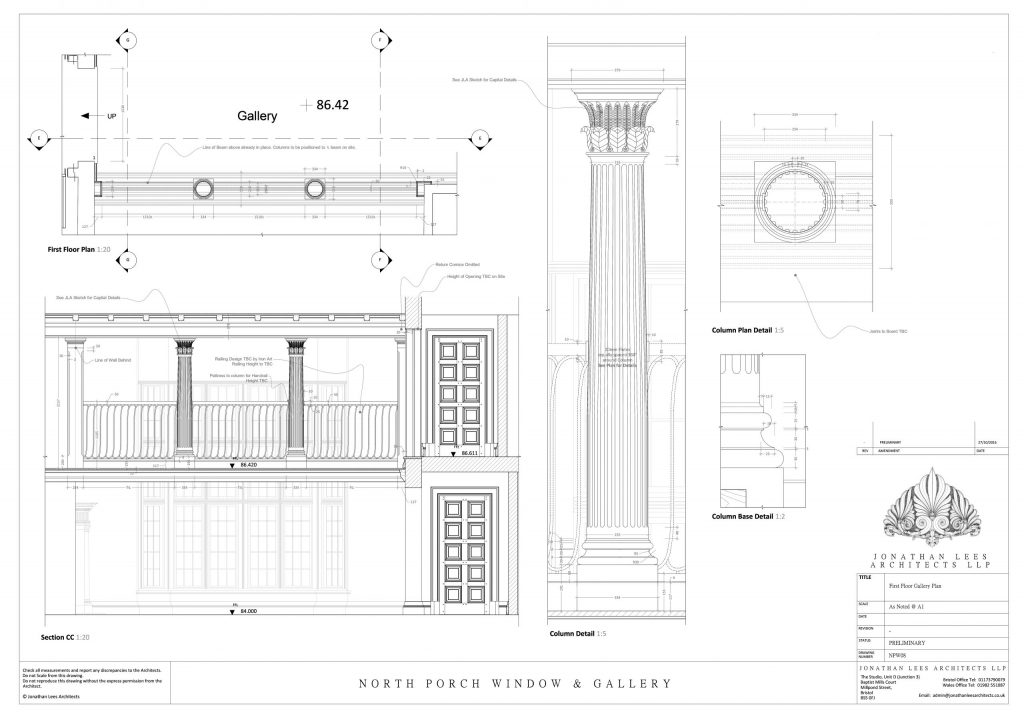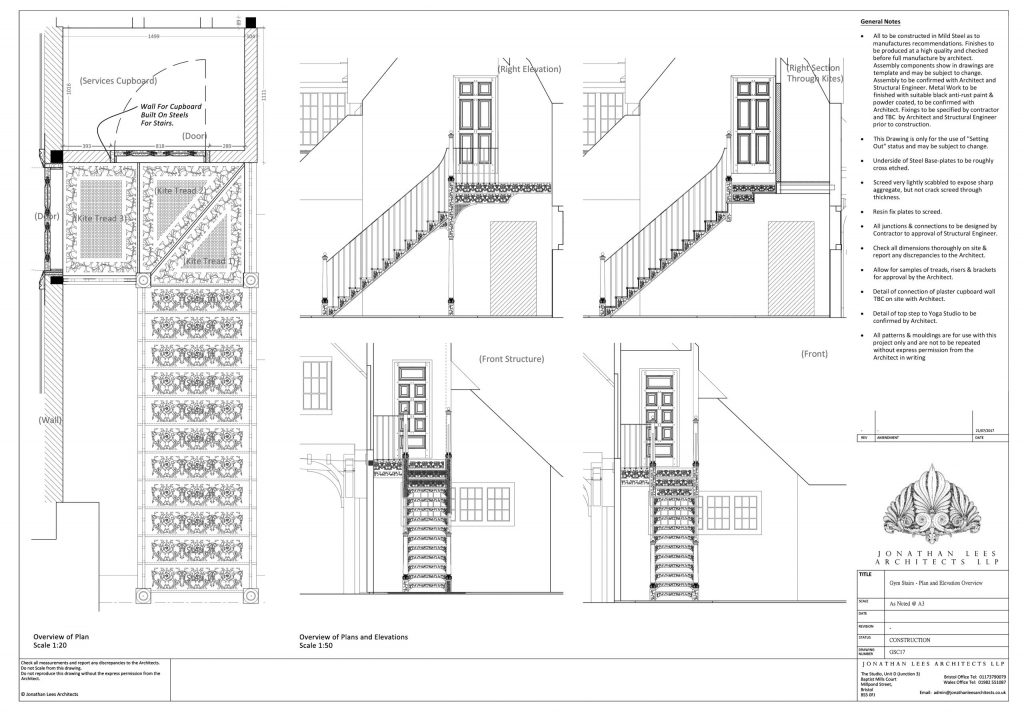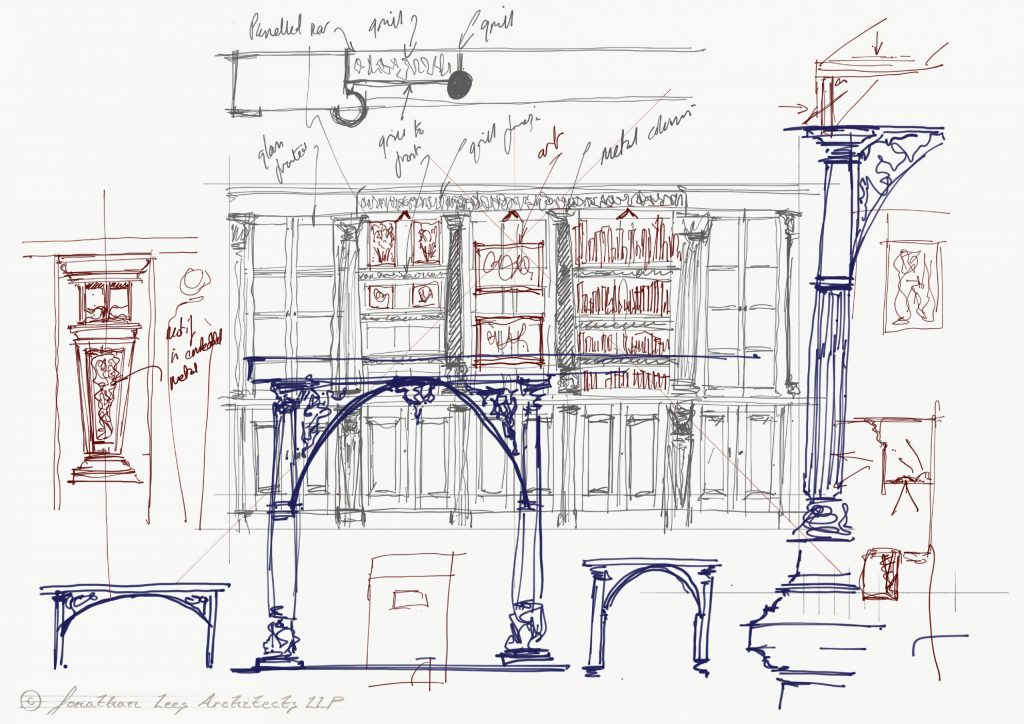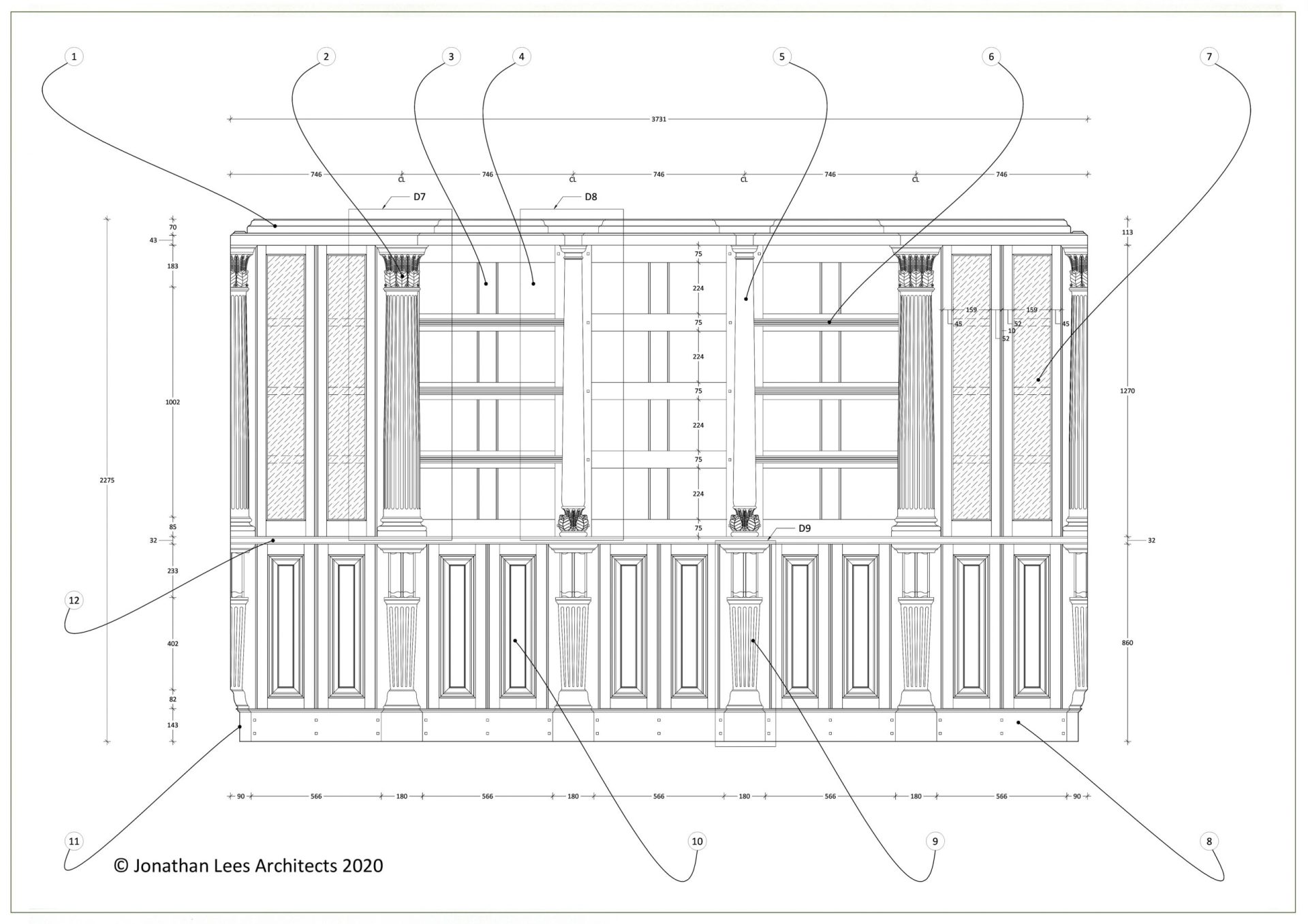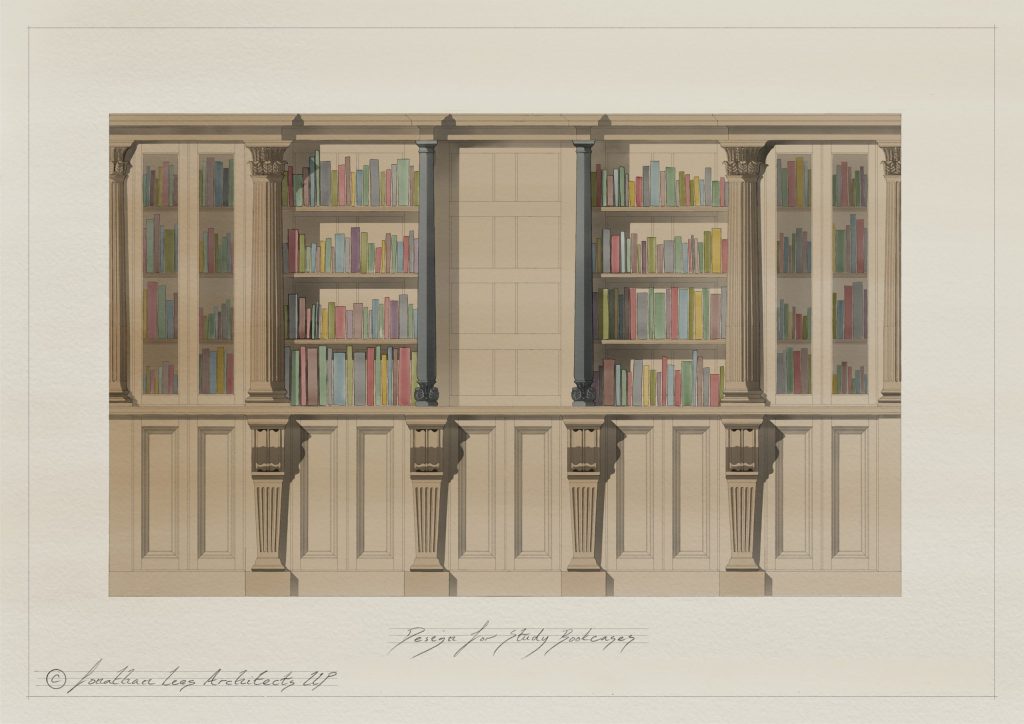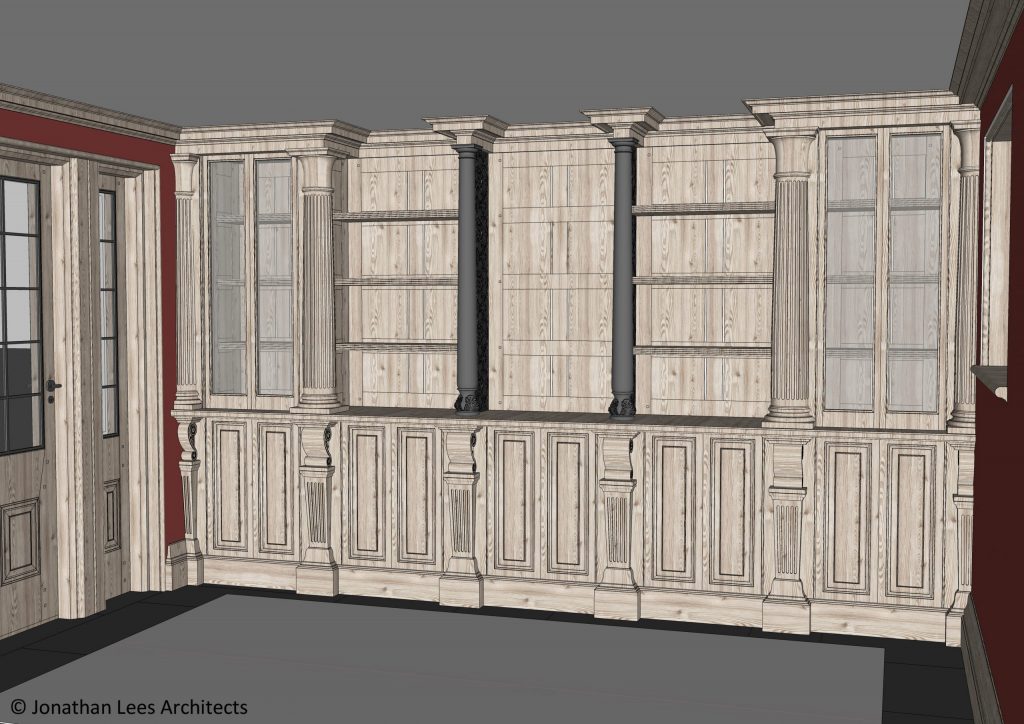Series One
Our Approach to Architecture – Chapter 4
Written by Jonathan Lees RIBA.
Creativity with Technology in Architecture
‘…….I prefer to look at things simply, I am an artist, but I like to work
with a big brick-shaped paintbrush.‘
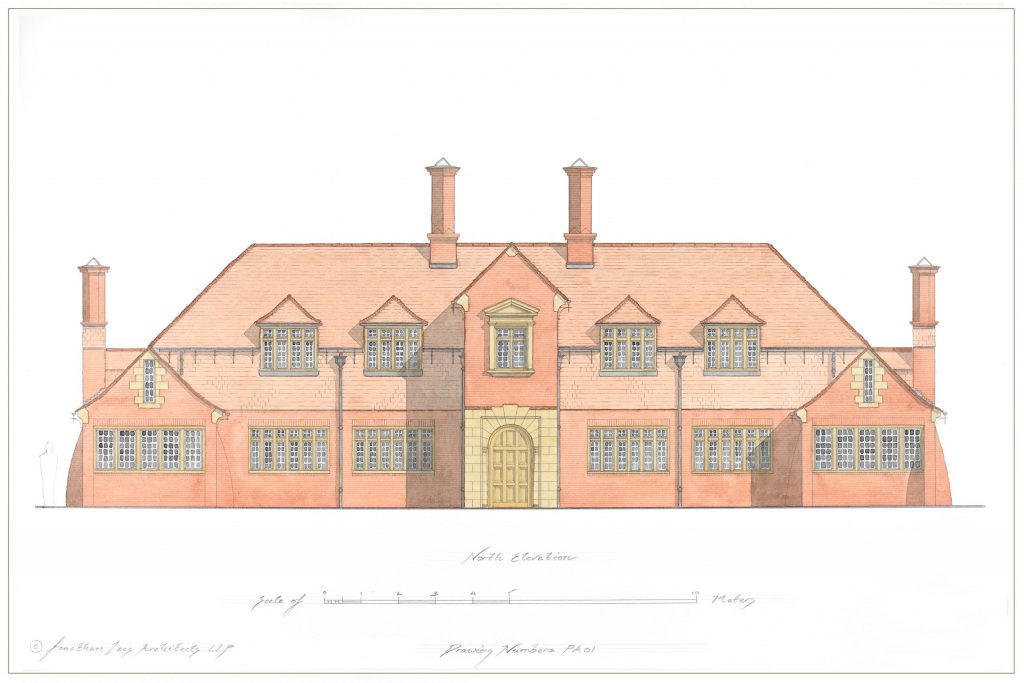
New-build Arts and Crafts House Design – Jonathan Lees Architects
Listen to the audio version
When discussing the differences in opinion for combining creativity with technology in Architecture, I prefer to look at things simply. I am an artist, but I like to work with a big, brick shaped paintbrush.
I always loved Lego, and my belief is that it is responsible for many, many careers in architecture and design, much in the same way that I am sure Minecraft will be responsible for the creativity of the next generation, if my daughter is anything to go by. I do not take a view that technology is all bad and computer games were sent by Lucifer to contaminate the minds of our young ones. Yes, I would still prefer that my daughters would pick up a book, rather than YouTube everything. And I would prefer that when I am talking to someone, they are not fact-checking me with Wikipedia as I am talking to them. But my love of actual books and paper aside, I largely embrace the benefits that technology brings as any pragmatist would. This includes the way in which we practice architecture and how this technology is integrated not only in the way in which we develop our creative designs, but also how this is embedded in the building and construction process and how the buildings function.
CAD drawing of a gallery and column detail – Jonathan Lees Architects
In our Studio you will find pens, pencils and watercolour paints strewn between sheets of half drawn sketches and drawing paraphernalia. Somewhere, hidden amongst the tracing paper is a drawing board or two. And under the piles of books, are hidden Macs and PC workstations, mice (of the electronic variety) and LED screens. In these devilishly clever pieces of technology are microchips and hocus pocus that enable us to create such things, and to develop our designs in the hope that the likes of Vitruvius, Palladio and Lutyens would have been proud to influence.
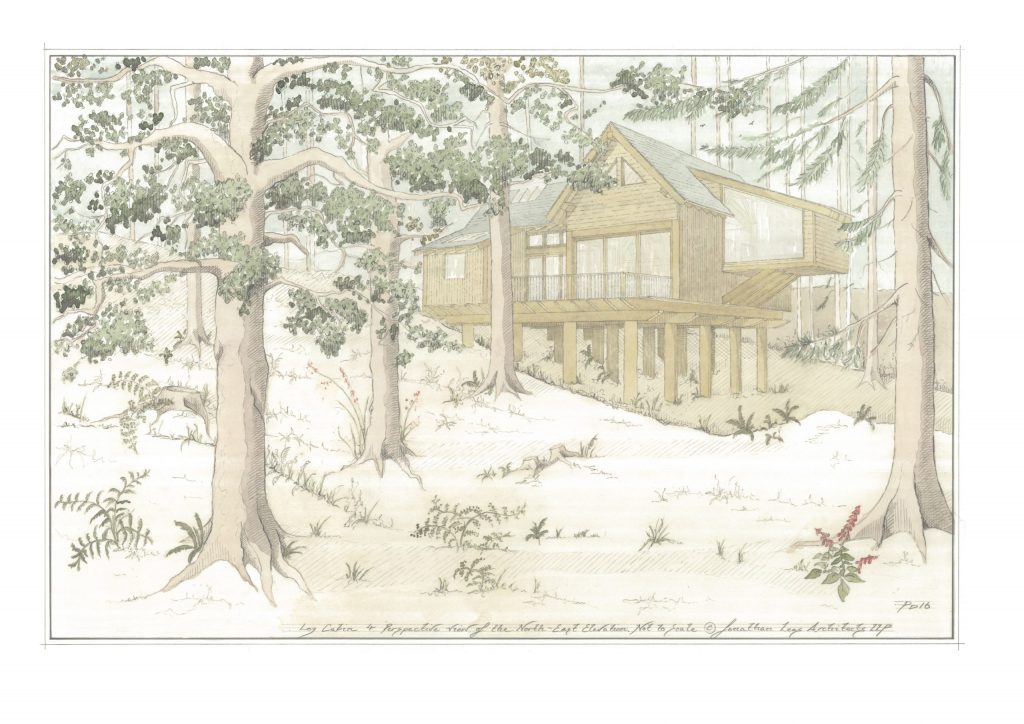
Woodland timber eco-cabins in Wales – Jonathan Lees Architects
‘…. there is also little doubt about how useful the current suites of computer design programmes are.’
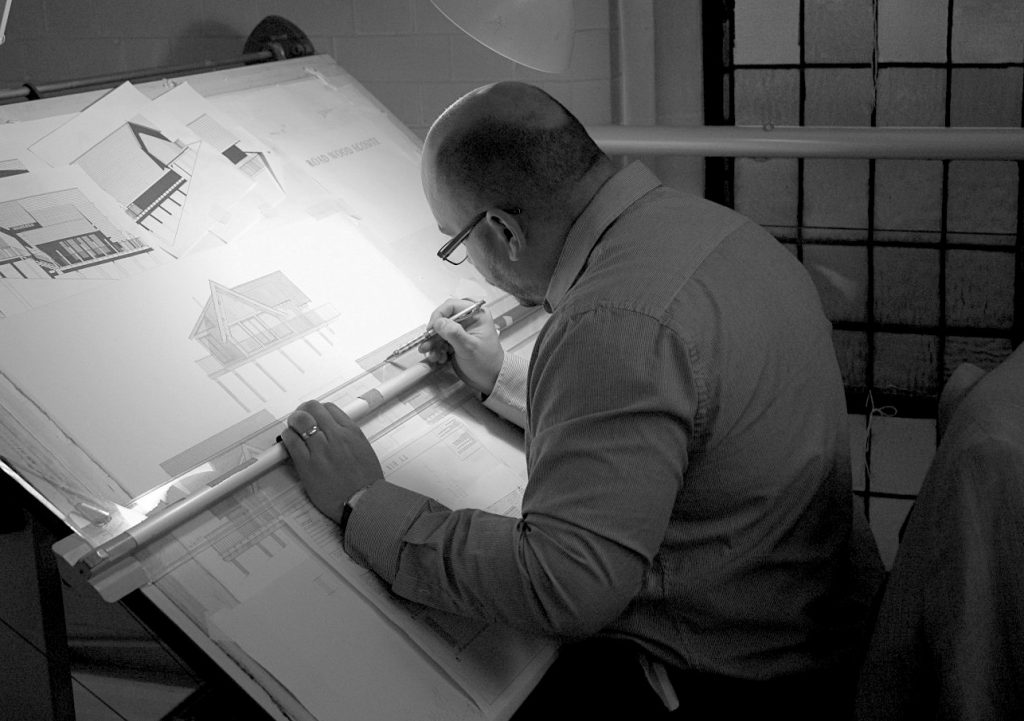
Jonathan Lees on the drawing board
‘…. our studio has become a hub of mixed media.‘
If I think that a certain way of working is stifling the design or invention of a member of my team, the first thing I will do is to encourage them to broaden the media that they are working with. Thus, our Studio has become a hub of mixed media. To say that computers stifle creativity in architecture is also a generic response of anti–technology; have you seen some of the images and drawings that have been created on computer programmes? They can be astonishing, but ultimately the computer, like the pen and the paintbrush, is just another tool in the repertoire of the Architect. The best tool of all, and by far the most important is their imagination. The rest is just what a saw is to a carpenter, a means of cutting wood.
CAD drawing of a unique metal staircase – Jonathan Lees Architects
‘A relaxed, well fed, fit mind is a thing of unbridled, unstoppable creative power that is capable of things that we dream of.
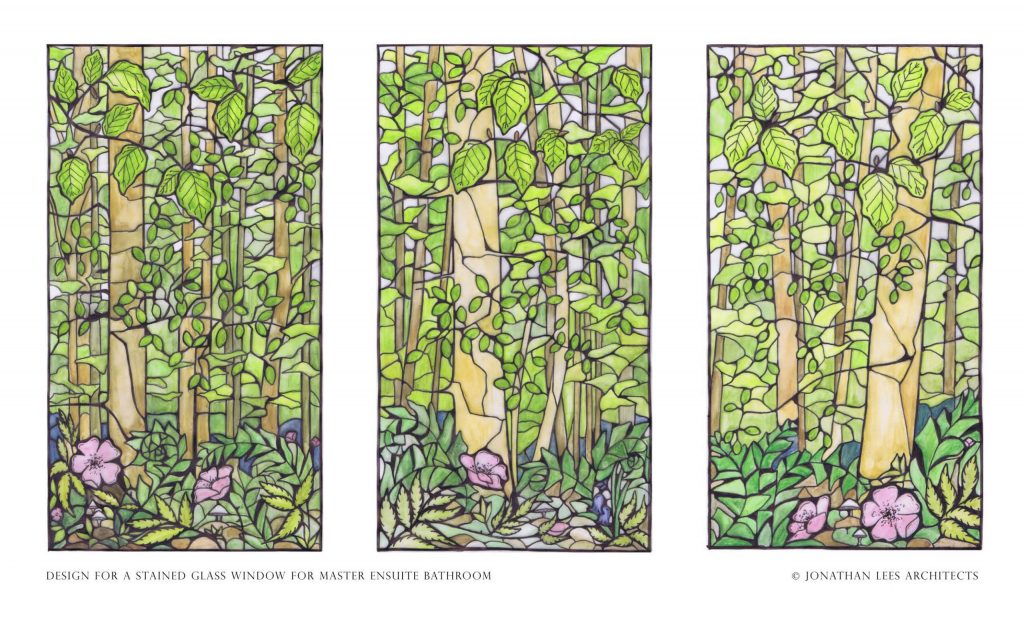
Stained glass window triptych design – Jonathan Lees Architects
Creativity and invention; when you ask someone to be creative and inventive, they will probably freeze up and produce something absurd. I always thought that Architects, like commercial artists, had a bit of a rough deal – we are paid to be creative, something that does not always come intuitively or by instinct. Take this as an example, a client asks you to do a design for a house, and this design has to be prepared and presented in two weeks, or two months, no matter the timescale, the situation is the same, you are being asked to produce a design against a programme. Who knows if the inspiration will find you, or if you will find it. Will you stare at a page for days, scribble notes down, go round and round in circles, constantly, ending up in a black hole where your thoughts implode?
As with Artists, an Architect’s creativity and inspiration ebbs and flows with our moods. A stressed designer is not going to produce a good product, much in the same way that an injured footballer will likely not perform well on the pitch. If the mind is troubled, by lack of sleep, pressure, poor diet or lack of rest, then it will not perform. A relaxed, well fed, fit mind is a thing of unbridled, unstoppable creative power that is capable of things that we dream of.
Four types of medium for designing a library cabinet – Jonathan Lees Architects
‘…………thinking outside the conventional box.’
I sometimes wonder if age and knowledge actually impede our creative mind. I take my daughters as another example, they come up with things that regularly surprise me and every day they are creating and inventing their worlds in which they play. When we get older, we seem to lose the ability to let go of our restrictions and free our mind to inventiveness. Writers and artists seem to be able to keep and develop this quality, but designers can become stifled by practicality and experience, leaving us unable to maintain inventive creativity. I try to encourage as much freedom and play in our studio for the designs to flow with creativity and ‘thinking outside the conventional box’, whether that is with technology or without.
I am not saying that I want one of my designers to come up with something crossed between a Teletubby and a Power Ranger, I am saying that the ability to immerse oneself in a creative process is stifled by our current conventions and practices. There is a way of doing things that has become the norm, and that is the way in which we should continue to work, as that is the way it is done and how it has been done, apparently. We must work 9-5, we must do 40 hours a week, and we must have an hour for lunch. We are supposed to have the ability to switch our brains on at 8 or 9am and perform until the end of the day, leaving the vast part of the day, where our creative brains are often active, to leisure.
‘We have been affected, detrimentally by the ‘norm’, by the current spirit of the age.’
I do not know how this cycle can be fully broken but we are making our own steps in the studio towards what I think works best for the health and vitality of myself and my team and its approach to design. In my experience, the best designs come from a mixture of pressure (which some people need a healthy dose of) and a relaxed, settled and free mind. Someone who is sleeping well and firring on all cylinders is a lot more effective than a zombie who works 80 hours in a week and is therefore exhausted and creatively challenged. Their mind will not be focused, and their decision-making ability compromised as it is likely to be clouded by the caffeine or alcohol that they need to keep themselves going. I have seen designers create something in 2 hours when they are relaxed, rather than 40 hours of hard slogging and repeated mistakes.
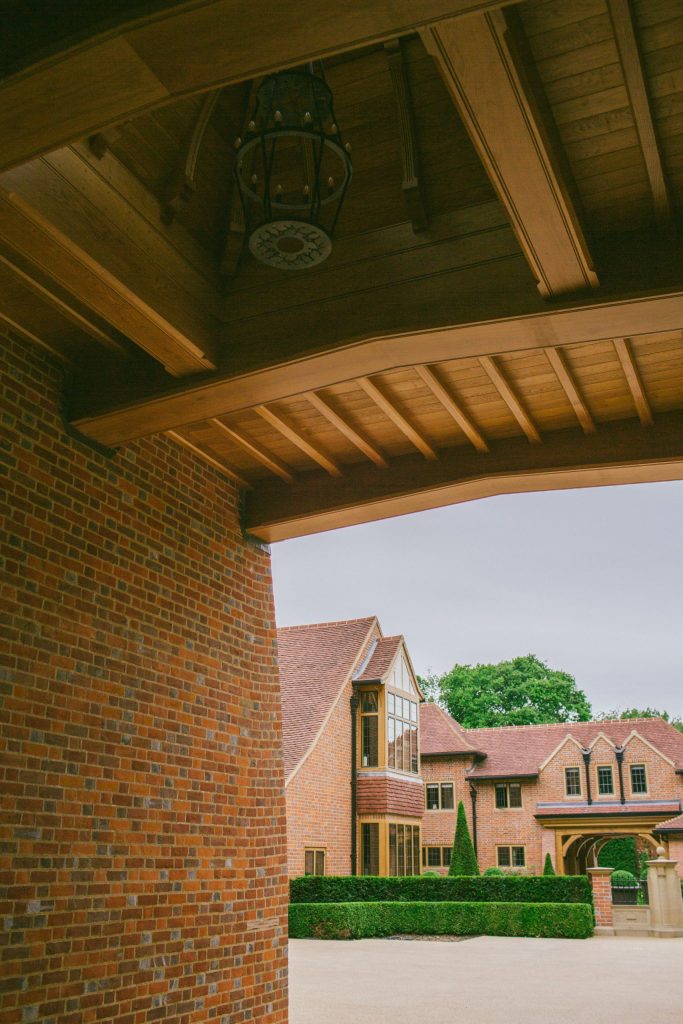
View through a Coach House by Jonathan Lees Architects
‘…quality ‘deep work’ comes from either a creatively free personality or a talented designer who has learnt and worked hard…..’
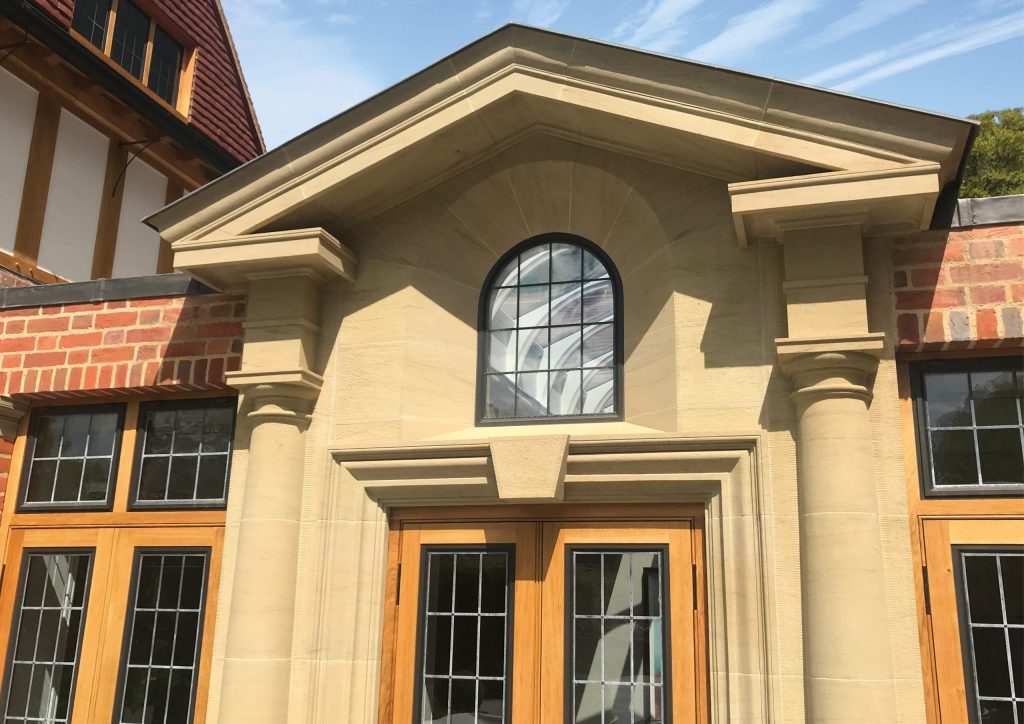
Classical detailing on an orangery frontis – Jonathan Lees Architects
‘But it does become intoxicating, and you get better at it……….’
True ingenuity comes in a moment that cannot be measured. It is a spark, a flicker of an idea that usually happens when it is not looked for. No one can really control it, and sometimes it just does not come. But it does become intoxicating, and you get better at it, to the point where even a small part of a project, or a task that would not previously have excited you becomes the catalyst for invention and ultimately, a chance to have some fun and enjoyment.
To this end, we have a strong focus on wellbeing in our Studio. I try not to overload my team, to ensure that I am getting the best out of them and they are getting the best out of their jobs. It is always a bit of a moving target as our moods change with the seasons and with events at home, but the key to a successful team is to understand how each person works and how they can support you and their colleagues. Most, if not all of our designs are collaborative affairs that involve taking an initial concept and seeing how it can be improved. It is not a case of producing various designs for the sake of it just to prove you have explored the options, it’s the opposite of that. I do not support the notion that you should not go with the first thing that comes to mind, as quite often, if you are a talented designer you will often come up with an idea before the client or patron has even finished their sentence asking you to design something.
‘…our instinctive creativity as designers to progress the art of architecture and to celebrate the beauty of design.’
Our design approach could probably be summarised by suggesting that it is naturally or instinctively creative. Some may not see us as progressive, which is fine, but we are using our expanding knowledge of history combined with our ever improving knowledge of technology, and above all our instinctive creativity as designers to progress the art of architecture and to celebrate the beauty of design.
We are living in a time where we have an almost unlimited library of resources and the technology to create things that our ancestors would only have dreamt of. Let’s use this to our advantage, and look back from time to time to learn some valuable lessons on our journey forward and embrace combining creativity and technology in architecture.
Return to the Writings Library for more essays and Project Profiles

